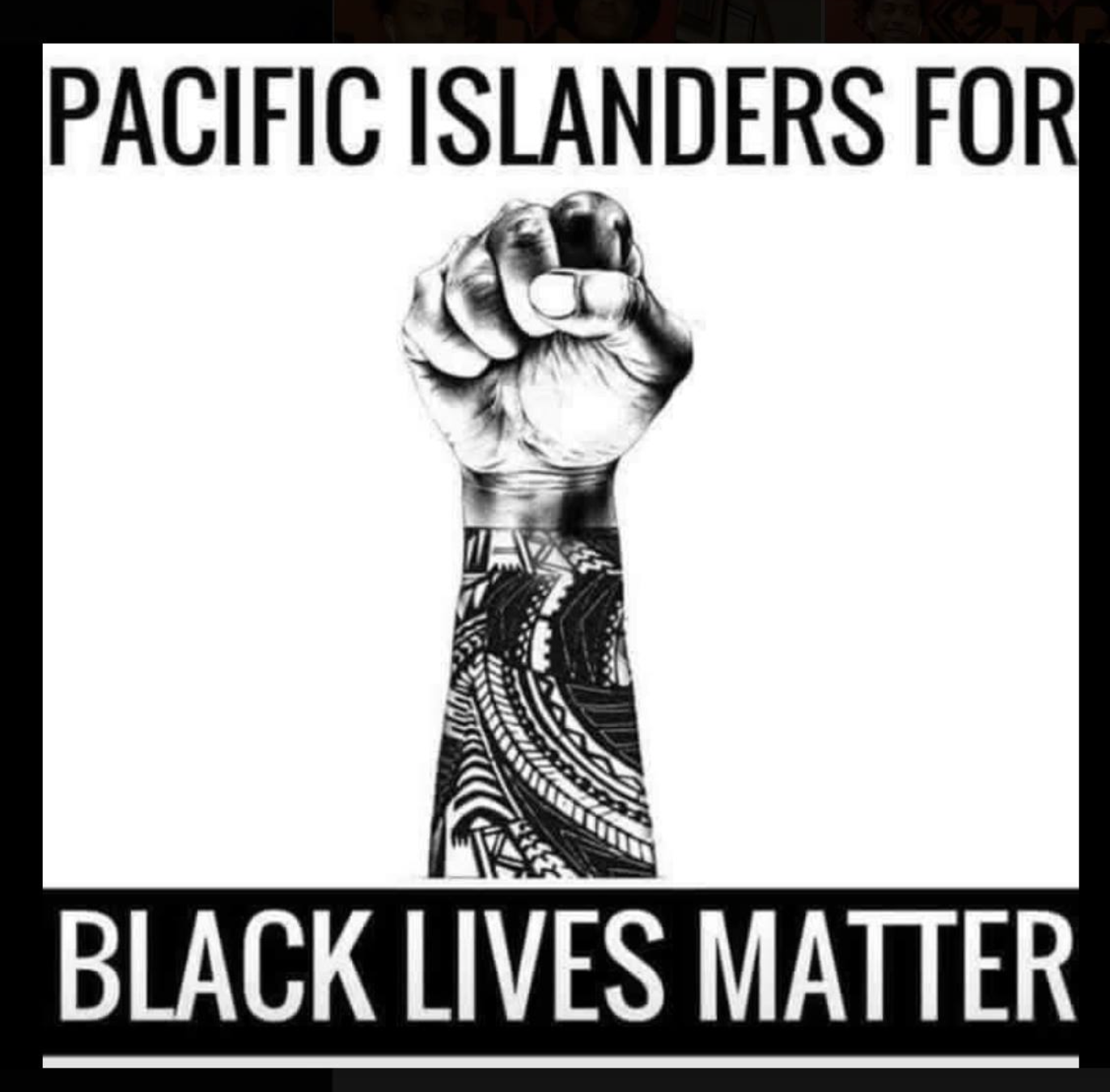By Sam Nallen Copley
© Amartey Golding
Contemporary art often sets out to polarise: post-modernist deliberate abstraction and laboured attempts to push boundaries versus ethnocentric pious anti-avant-garde conservatism. Although we hit this stalemate many years ago, clichés of what exactly constitutes ‘art’ continue to run rife, and allying oneself to one camp or another seems to be a necessary process in establishing some form of identity within the art world. In a culture riddled with almost uniformly dreary indie and exasperating political correctness, being shocking is often the best way to get noticed. By cutting an animal in half for art’s sake, or vehemently disapproving of those who do, we can at least garner some attention from others. There are those however with enough spark to draw in fans from both sides of the spectrum.
Amartey Golding is a London-based artist with a rousing, stark style. After studying at Central Saint Martins College of Arts and Design, Amartey showcased his work at three exhibitions in Dubai, achieving widespread acclaim throughout the Arab world, Scandinavia and Russia. Dickens describes two types of portrait in Nicholas Nickleby – the serious and the smirk – and Golding’s simple pencil sketches manage to tick both boxes. His expertly crafted and extraordinarily expressive figures are undeniably realistic in part, but his texturing is largely achieved through sharp geometric patches of light – a monochrome Picasso for the digital age. This balance persists throughout his work; his subjects’ terrifically detailed facial features typically countered with a fading effect towards the shoulders, resembling a Baugniet bust after an Escher makeover.
Golding describes his process in the following terms:
Amartey Golding is a London-based artist with a rousing, stark style. After studying at Central Saint Martins College of Arts and Design, Amartey showcased his work at three exhibitions in Dubai, achieving widespread acclaim throughout the Arab world, Scandinavia and Russia. Dickens describes two types of portrait in Nicholas Nickleby – the serious and the smirk – and Golding’s simple pencil sketches manage to tick both boxes. His expertly crafted and extraordinarily expressive figures are undeniably realistic in part, but his texturing is largely achieved through sharp geometric patches of light – a monochrome Picasso for the digital age. This balance persists throughout his work; his subjects’ terrifically detailed facial features typically countered with a fading effect towards the shoulders, resembling a Baugniet bust after an Escher makeover.
Golding describes his process in the following terms:
“For me drawing is the same as writing, in that it is the act of bringing an idea or ephemeral interpretation/impression into the physical realm. A drawing can be a whole story or single letter of the alphabet. The slightest mark can represent a complex train of thought and the most elaborate canvas can simply be the equivalent of a remark.”This approach to drawing resonates strongly with the minimalists, for whom distillation is the key – a removal of non-essential elements with the hope of creating something pure. Agnes Martin, the Zen-enamoured Canadian abstract expressionist known for her less-is-more approach, explains, “Art is the most concrete representation of our most subtle feelings”. While Samuel Beckett’s plays and La Monte Young’s noise experiments continue to enthral persistent and patient fans, many of us can’t help but feel that sometimes it is nice to be able to sing along. Golding understands this entirely, and although there is noticeable restraint in his work, his skill is undeniable:
“I think the beauty of drawing is in its ability to allow you to put your innermost feelings out into the world. A million and one people could look, study and observe your drawing and get so many things from it, including the freedom to create their own piece of art within yours. And yet they still may not understand your innermost feelings.”The same cannot be said with such conviction for the hardcore minimalist painters – perhaps some might recall Al Capp’s famous quip, “Abstract art: a product of the untalented sold by the unprincipled to the utterly bewildered”. Yet Amartey’s work is not only fresh and intellectually nourishing – never crossing the line into pretention or meaninglessness – it’s also, quite simply, bloody well drawn!
-
========
Sam Nallen Copley was born in Cambridge in 1988, and became a chorister for King’s College at the age of eight. He later studied at London University’s School of Oriental and African Studies (SOAS) and Waseda University in Tokyo, while working as a translator for Cambridge Mechatronics. Sam went on to complete a master’s degree from Oxford University, and currently lives in Paris. His interests include literature, art, politics, music, the martial arts and film. He writes for Global Politics, New Business Ethiopia, the 1847 Press, the Somaliland Sun and Malawi Voice. sam.nallen.copley@gmail.com





























No comments:
Post a Comment